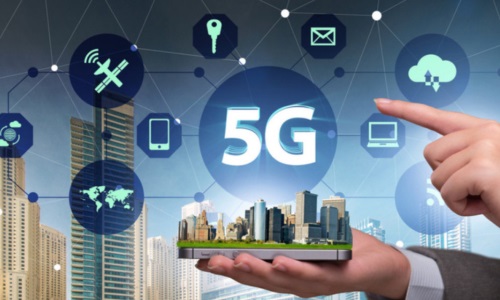
The deployment of **5G technology** is a complex and multifaceted process that involves significant advancements in telecommunications infrastructure. As telecom operators and industries move towards implementing 5G, several key aspects and challenges come into play.
#### Key Aspects of 5G Deployment – 1. Technological Innovations The deployment of 5G relies on breakthrough technologies such as **Massive MIMO**, **network slicing**, **beamforming**, and **network function virtualization (NFV)**.






These technologies enable more efficient use of the spectrum and improve network performance, but they require a phased approach to implementation.
2. **Global Rollout**:
– Since its initial rollout in 2019, many operators worldwide have begun deploying **5G NR (New Radio)** networks. As of mid-2022, approximately 70 countries had established 5G networks, with many more planning to follow suit.
3. **Deployment Strategies**:
– There are two primary deployment modes for 5G: **non-standalone (NSA)** and **standalone (SA)**. NSA utilizes existing 4G infrastructure to provide 5G services, while SA represents a complete transition to a dedicated 5G network. The latter promises enhanced performance and capabilities but requires more extensive infrastructure changes.
4. **Investment and Infrastructure**:
– The transition to 5G necessitates substantial investment from telecom operators, with projections indicating that spending could exceed $1 trillion globally. This investment is crucial for building the necessary infrastructure, including new cell sites and equipment.
#### Challenges in 5G Deployment
1. **Infrastructure Requirements**:
– Unlike previous generations, 5G cannot rely solely on existing cell towers. The deployment requires finding new sites for installing equipment, which can be a logistical challenge.
2. **Regulatory and Security Concerns**:
– The deployment of 5G also raises regulatory and security issues. Governments and agencies are working to ensure that 5G networks are secure and resilient against potential threats.
3. **Execution and Coordination**:
– The complexity of deploying 5G involves coordinating various stakeholders, including telecom operators, equipment manufacturers, and regulatory bodies. This coordination is essential to address the rapid technological changes and ensure a smooth rollout.
#### Conclusion
The deployment of **5G technology** is a transformative endeavor that promises to enhance connectivity and enable new applications across various sectors. While the potential benefits are significant, the challenges associated with infrastructure, investment, and coordination must be effectively managed to realize the full potential of 5G. As the global landscape continues to evolve, the successful implementation of 5G will play a crucial role in shaping the future of communication and technology.


Leave a Reply